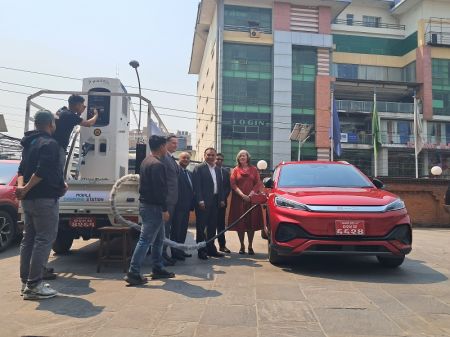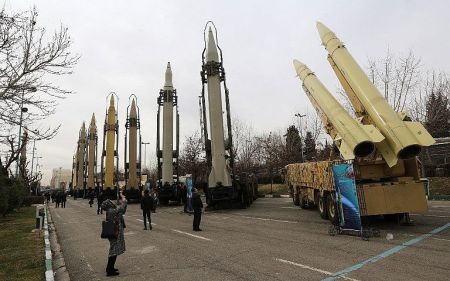 Founded in 2010, the Chinese electronics company Xiaomi Corporation has found name and fame in the global gadget arena in a relatively short period with smartphones and smart hardware connected by an Internet of Things (IoT) platform at its core. The company officially entered Nepal in 2018 and has launched a range of products throughout the period. Xiaomi currently holds the fourth position in the list of the world’s largest smartphone brands with its products present in over 80 countries and regions around the world. Saurabh Kothari, country general manager of Xiaomi Nepal, was at the recent launch of the Xiaomi Redmi Note 7 and Redmi 7 in the Nepali market. New Business Age caught up with Kothari to talk about the market, strategy and Xiaomi’s expansion plans. Excerpts:
Founded in 2010, the Chinese electronics company Xiaomi Corporation has found name and fame in the global gadget arena in a relatively short period with smartphones and smart hardware connected by an Internet of Things (IoT) platform at its core. The company officially entered Nepal in 2018 and has launched a range of products throughout the period. Xiaomi currently holds the fourth position in the list of the world’s largest smartphone brands with its products present in over 80 countries and regions around the world. Saurabh Kothari, country general manager of Xiaomi Nepal, was at the recent launch of the Xiaomi Redmi Note 7 and Redmi 7 in the Nepali market. New Business Age caught up with Kothari to talk about the market, strategy and Xiaomi’s expansion plans. Excerpts: How is Xiaomi placed globally and how important is the Nepali market for your company?
We are currently present in 80 plus countries and are in the top position in many countries including India, which is a very close market to Nepal. As per the last estimate, we had 30 percent market share in India.
We are doing our business in Nepal through Vatsal Impex, the official distributor of Xiaomi smartphones in Nepal. We officially entered the Nepali market as Xiaomi Nepal last year and over the previous six months we have focused on developing proper distribution channels and bringing in good products at the right time while reducing the gap between the global launch and launch in Nepal.
What is Mi’s market share in the various mobile phone segments?
We do not have any agencies like Identity Cloud Service (IDC) and Growth from Knowledge (GfK) that studies the market like in India. Because of which, we cannot claim any market share as such. However, we would like to believe that we are there for our fans and we have a 100 percent market share for our fans. Wherever our fans are, we are there. For the long-term perspective, I want to see one Xiaomi device in every Nepali household.
What new features has Xiaomi focused on to interest South Asian mobile phone users?
The display notch became a norm after its introduction. The notch became shorter and shorter so now the notch in our phone is virtually just a drop, so we call it a dot drop display. In South Asia and South East Asia, mobile phone users prefer smaller notches and better cameras. A good processor is necessary for them, which Xiaomi excels in as we try to provide the best performing experience by providing best in class processors.
What are your expectations from the newly launched smartphone lineup in Nepal?
Xiaomi Redmi Note 7 is a flagship level phone at a non-flagship level price. It is a phone that has been in demand, and it is great that we are finally able to bring it here. Xiaomi Redmi Note 7 is a great phone and is much better than all of its competitors. About Redmi 7, it has been launched in very few markets. The phones are beautiful with good cameras and come with a drop-notch display. They are offered at an unbelievable price. The two phones will be successful in the Nepali market.
Are there plans to expand the range of Xiaomi products in Nepal?
Before our launch in Nepal, Vatsal Impex was importing other products such as TVs, water purifiers and air purifiers. However, after Xiaomi Nepal stepped in, we have been concentrating on phones so far. First, we want to be strong in the mobile market and then move on to other categories.
Any exciting products in the pipeline?
The Xiaomi Redmi Note 7 and Redmi 7 are the most exciting products we launched today. We are a fan-obsessed company. We think of our customers as fans and not only customers. We want them to love and use our products. That is when they will recommend our products. At Xiaomi, we do very little marketing, but because we bring good products with excellent specifications at reasonable prices, we can get a good market share.





















